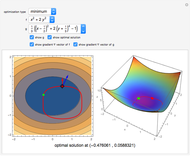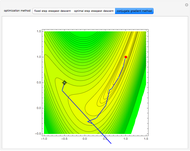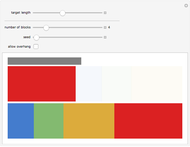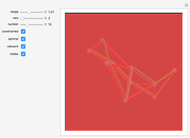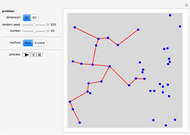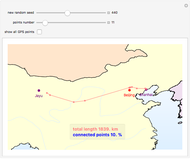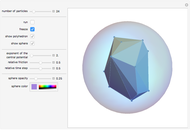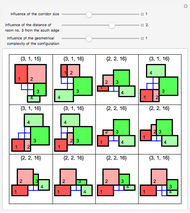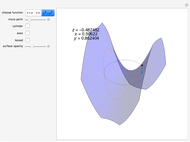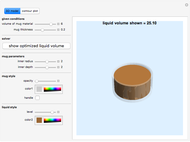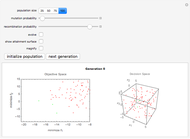Evolutionary Multiobjective Optimization

Requires a Wolfram Notebook System
Interact on desktop, mobile and cloud with the free Wolfram Player or other Wolfram Language products.
Optimization problems with multiple, often conflicting, objectives arise in a natural fashion in most real-world applications, such as aerodynamic design, financial decision making, and electronic circuit development. An important task in multiobjective optimization is to identify a set of optimal trade-off solutions (called a Pareto set) between the conflicting objectives, which helps gain a better understanding of the problem structure and supports the decision-maker in choosing the best compromise solution for the considered problem.
[more]
Contributed by: Robin Gruna (March 2011)
After work by: Kalyanmoy Deb, et. al.
Open content licensed under CC BY-NC-SA
Snapshots
Details
The Nondominated Sorting Genetic Algorithm II (NSGA-II) by Kalyanmoy Deb et al. is an elitist multiobjective evolutionary algorithm with time complexity of  in generating nondominated fronts in one generation for population size
in generating nondominated fronts in one generation for population size  and
and  objective functions. For more details see K. Deb, A. Pratap, S. Agarwal, T. Meyarivan, "A Fast and Elitist Multiobjective Genetic Algorithm: NSGA-II," IEEE Transactions on Evolutionary Computation, 6(2), 2002 pp. 181–197.
objective functions. For more details see K. Deb, A. Pratap, S. Agarwal, T. Meyarivan, "A Fast and Elitist Multiobjective Genetic Algorithm: NSGA-II," IEEE Transactions on Evolutionary Computation, 6(2), 2002 pp. 181–197.
For more details on Kursawe's multiobjective test problem see F. Kursawe, "A Variant of Evolution Strategies for Vector Optimization," in Parallel Problem Solving for Nature I (PPSN-I), 1990 pp. 193–197.
Snapshot 1: randomly initialized population; nondominated solutions are marked green
Snapshot 2: the attainments surface represents the family of tightest objective vectors that are known to be attainable as a result of the current approximation of the Pareto front
Snapshot 3: approximated Pareto set and front of the Kursawe test function after 100 generations. The approximated Pareto set consists of several disconnected and asymmetric areas in decision space. The corresponding Pareto front is non-connected as well and has a partial convex and concave shape.
Permanent Citation










